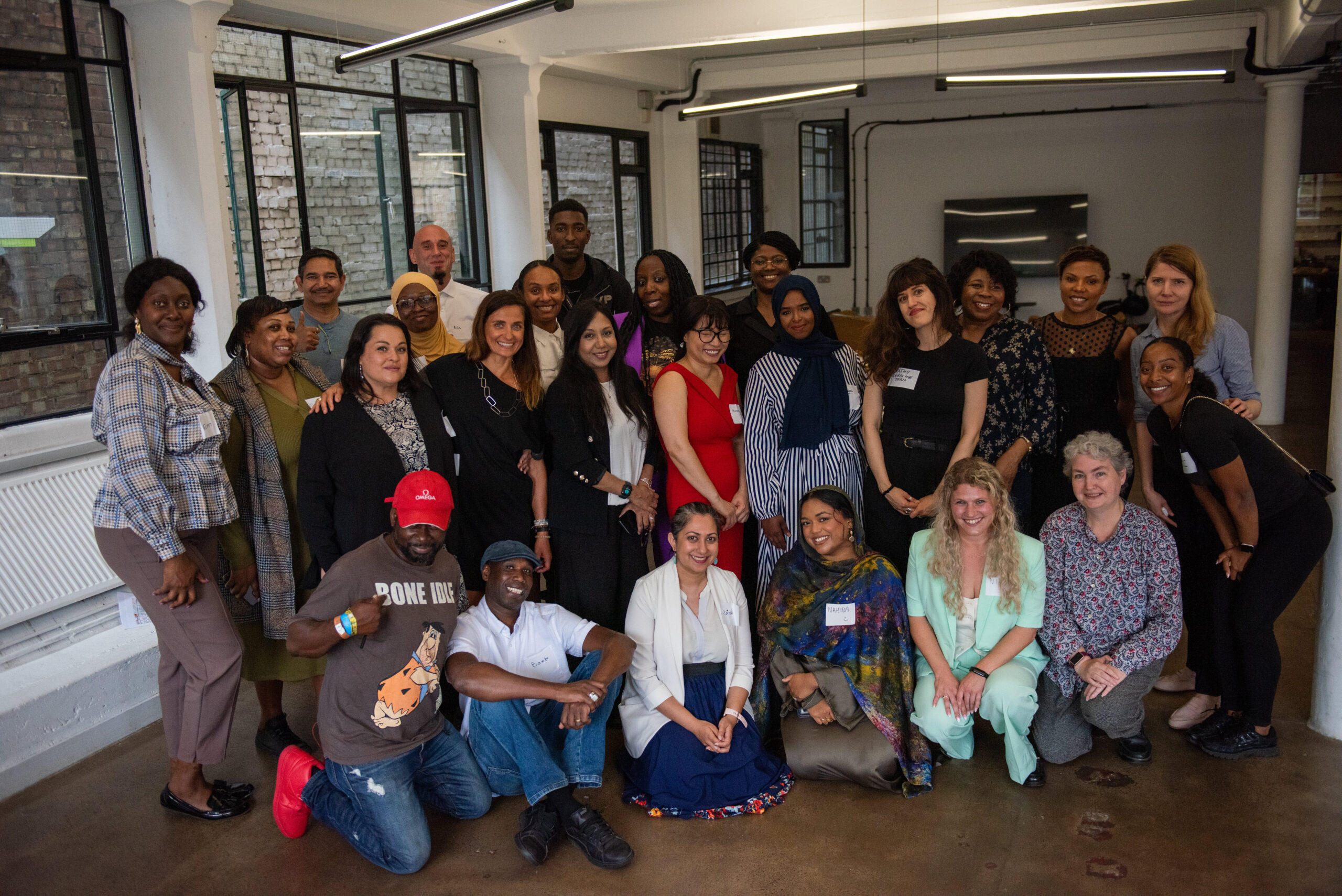by Usha Viswanathan

In his years of pastoral work, nothing prepared Brother Johannes for the scale of poverty he witnessed inside the “Jungle”, the barricaded community at the port city of Calais in northern France that served as a gateway for thousands of refugees hoping to cross the English Channel by any means to enter the United Kingdom. It was probably the “biggest state-created ghetto modern Western Europe has seen,” he said of the camp, which was destroyed by French officials in late 2016, but continues to attract refugees hoping to cross the waterbody into southern England.
Painful poverty, violence, and an absolute absence of law to safeguard human and children’s rights created moments of hell for a population that swelled to 10,000 over the years at the makeshift facility, said Johannes speaking at Christ Church Spitalfields for a Caritas and Capital Mass event on refugees.
As head of the safe shelter, the Maria Skobtsova House in Calais, Johannes led the effort to support the needs of the settlement’s population. When local authorities realized that the trickle of asylum seekers living openly at the border had grown into a flood, the French government hastily constructed a temporary camp to contain the population and segregate them from the town’s citizenry, he said.
While it functioned as a sanctuary in name only — its residents had no legal rights —- Johannes noted that his first impression of the Jungle was one of a functioning community, an entity that bonded in a joint purpose: the hope for a better life.
Symbolizing that hope was an image he encountered repeatedly inside the camp: a metal teapot simmering over an open flame. It was to brew tea to offer the visiting priest, a gesture of hospitality from Muslim and Christian migrant alike.

“When you go to the camp every day, people start inviting you, and it’s impolite to say no,” recalled Johannes. “First the refugees offered tea and next they started to make a meal for you.”
As a friendship grew between volunteers and refugees, Johannes and his team recognized that amidst the squalor, deep frustration, and sense of hopelessness there also was a deep need to recognize and support another sufferer’s humanity.
So, within this jerry-built cluster of tents, residents established four schools, at least seven mosques, and several artists’ studios for both budding and established painters. All the while, the refugees were hoping to leave the camp for the United Kingdom. A common tactic among young men: jump onto transport vehicles waiting to cross the channel. These were foolhardy attempts with many refugees suffering severe injuries in the process. “Among the young refugees, they don’t trust governments and as such don’t understand how (the process to obtain) asylum works,” said Johannes.
Johannes said he and his colleagues focused on creating an atmosphere of peace keeping and bringing refugees together in efforts in which nationalities, ethnic origin or religion didn’t define them. The Catholic Worker house in Calais was the safe shelter where the neediest were given housing, meals, training, and emotional support prior to officially applying for asylum.

Although the Jungle was razed by the French government months ago, refugees continue to arrive in the area, and now at Dunkirk to the east, in the hopes of resettling either in France or the United Kingdom. Neither country, however, is able to absorb the large number of asylum seekers, so the refugees’ futures hang in limbo as they wait for a solution. Addressing their needs means making governments aware of the grave conditions in these makeshift camps and the trauma that ensues for its population, a number of whom are unaccompanied minors, said Johannes.
“We need financial support, volunteers, help in raising the profile of refugees within congregations, and people to speak on behalf of those whose rights have been infringed,” he said. “The situation in Calais is one of desperation and we want to inject hope into the lives of those who live there.”





